Understanding Tooth Sensitivity After Whitening
Tooth sensitivity after whitening is a common and usually temporary side effect experienced by many individuals. It occurs when the bleaching agents used in whitening treatments penetrate the enamel and reach the dentin, which contains microscopic tubules that lead to the tooth’s nerve. This exposure can irritate the nerve, causing sharp, shooting pains or discomfort, especially when consuming hot, cold, sweet, or acidic foods and drinks. The intensity of the sensitivity can vary depending on the individual’s tooth structure, the concentration of the whitening agent, and the duration of the treatment. While it can be concerning, understanding the cause of this sensitivity is the first step in managing it effectively. Fortunately, there are several methods available to alleviate the discomfort and ensure a comfortable whitening experience. Recognizing the signs and symptoms can help you take prompt action to minimize the impact on your daily life.
What Causes Tooth Sensitivity After Whitening?
The primary cause of tooth sensitivity after whitening is the active ingredient in most whitening products, usually hydrogen peroxide or carbamide peroxide. These chemicals break down stains on the teeth by penetrating the enamel. During this process, the peroxide can pass through the enamel and irritate the nerves inside the teeth. The level of sensitivity depends on various factors, including the strength of the whitening agent, the duration of exposure, and the existing condition of your teeth. Individuals with naturally thin enamel, receding gums, or pre-existing dental issues like cavities or cracks are often more susceptible to sensitivity. Improper application of whitening products, such as using too much gel or leaving trays in for too long, can also exacerbate the problem. Knowing the underlying causes empowers you to take preventative measures and make informed decisions about your whitening process.
The Science Behind Tooth Sensitivity
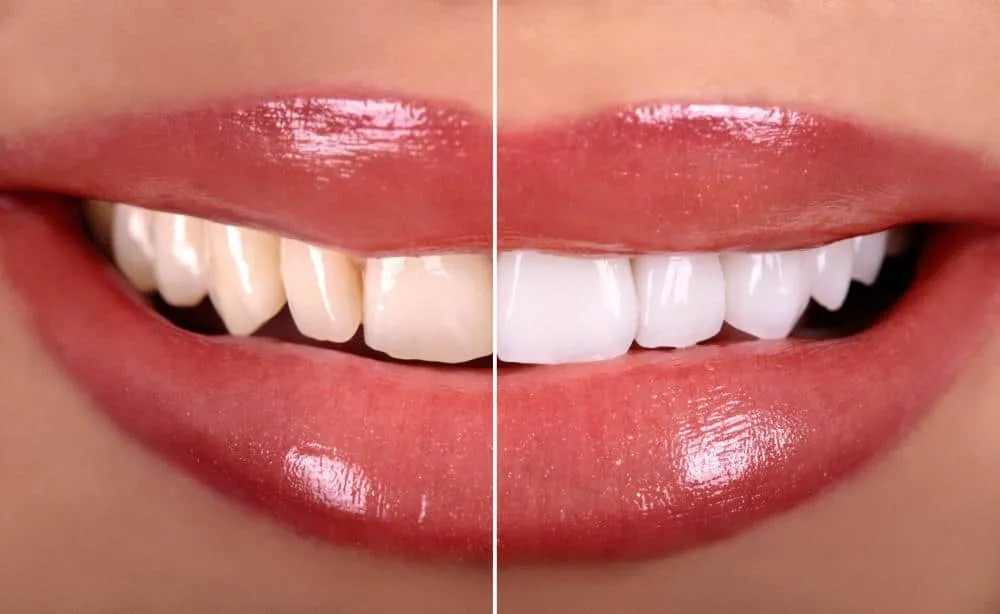
The science behind tooth sensitivity involves the anatomy of the tooth. The enamel, the outermost layer of the tooth, is porous and allows the whitening agents to penetrate. Beneath the enamel is the dentin, which contains tiny tubules that lead to the pulp, where the nerves and blood vessels are located. Whitening agents, such as hydrogen peroxide, can irritate the nerves inside the teeth when they pass through the enamel and dentin. This irritation causes the nerve to become inflamed, leading to the sensation of sensitivity. Furthermore, the whitening process can temporarily dehydrate the teeth, making them more vulnerable to external stimuli. The degree of sensitivity is also related to the concentration of the whitening agent. Stronger whitening agents can cause more significant and prolonged sensitivity compared to milder products. Understanding this process helps in choosing the right whitening products and adopting appropriate strategies to manage the discomfort.
Top 5 Relief Tips for Tooth Sensitivity After Whitening
Experiencing tooth sensitivity after whitening can be uncomfortable, but there are effective strategies to find relief. Fortunately, several simple yet effective methods can help alleviate the discomfort and get you back to enjoying your brighter smile. These tips focus on soothing the nerves, reducing exposure to irritants, and promoting overall oral health. From using desensitizing toothpaste to making dietary adjustments, these five tips offer a comprehensive approach to managing tooth sensitivity and ensuring a positive whitening experience. Remember to consult your dentist for personalized advice tailored to your specific needs and dental condition. By following these recommendations, you can minimize sensitivity and maintain a healthy, radiant smile.
Use a Desensitizing Toothpaste
Desensitizing toothpaste is a highly effective remedy for tooth sensitivity after whitening. These toothpastes contain ingredients like potassium nitrate or stannous fluoride, which work to block the tubules in the dentin, reducing the nerve’s ability to transmit pain signals. Regular use of desensitizing toothpaste can provide significant relief within a few days to a couple of weeks. For the best results, apply a small amount of toothpaste to your sensitive teeth and gently rub it on for a few minutes before rinsing. It is advisable to start using desensitizing toothpaste a few weeks before your whitening treatment to prepare your teeth. This will help to build up a layer of protection, minimizing sensitivity. Continue using the toothpaste during and after the whitening process to maintain comfort and prevent future episodes of sensitivity.
How Desensitizing Toothpaste Works
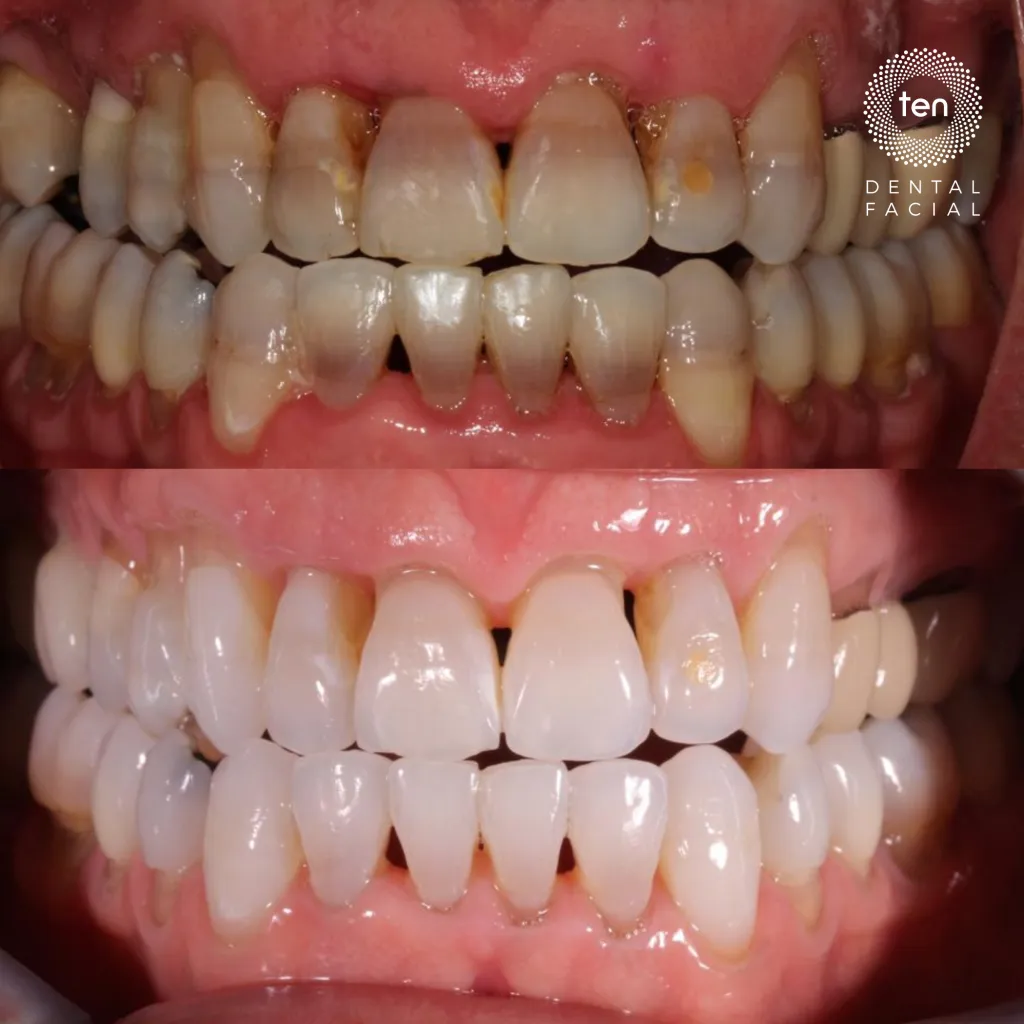
Desensitizing toothpaste works through a dual mechanism. First, ingredients like potassium nitrate penetrate the dentin tubules and calm the nerve by blocking the transmission of pain signals. This reduces the nerve’s sensitivity to stimuli, such as temperature changes or pressure. Second, some desensitizing toothpastes contain fluoride, which strengthens the enamel, making it more resistant to penetration by the whitening agents. The fluoride also helps to remineralize the teeth, repairing any minor damage that might have occurred during the whitening process. By using desensitizing toothpaste, you can significantly reduce the intensity and frequency of sensitivity, allowing you to comfortably enjoy your whitened teeth. Consistent use is key, as the effects accumulate over time.
Apply Fluoride Treatments
Fluoride treatments are another excellent option for reducing tooth sensitivity after whitening. Fluoride strengthens the enamel and helps to block the tubules, effectively reducing the nerve’s response to stimuli. These treatments can be administered by a dentist or can be found in over-the-counter products, such as fluoride mouthwashes and gels. Professional fluoride treatments, applied by a dentist, often contain a higher concentration of fluoride and can provide more immediate and significant relief. If you are experiencing significant sensitivity, consider consulting your dentist about fluoride treatments. These professional applications can offer a quick and effective solution, minimizing your discomfort and helping to maintain your oral health during and after the whitening process.
Professional Fluoride Treatments
Professional fluoride treatments involve the application of a concentrated fluoride gel or varnish by your dentist. This concentrated fluoride is painted onto your teeth and left for a few minutes, allowing it to absorb into the enamel. This process strengthens the enamel and helps to block the dentin tubules. Professional treatments are particularly effective because they provide a higher concentration of fluoride compared to over-the-counter products. They can offer rapid relief from sensitivity. Your dentist may recommend multiple treatments depending on the severity of your sensitivity and the specifics of your whitening process. After receiving professional fluoride treatments, it is important to avoid eating or drinking for a short period to allow the fluoride to fully absorb.
Over-the-Counter Fluoride Options
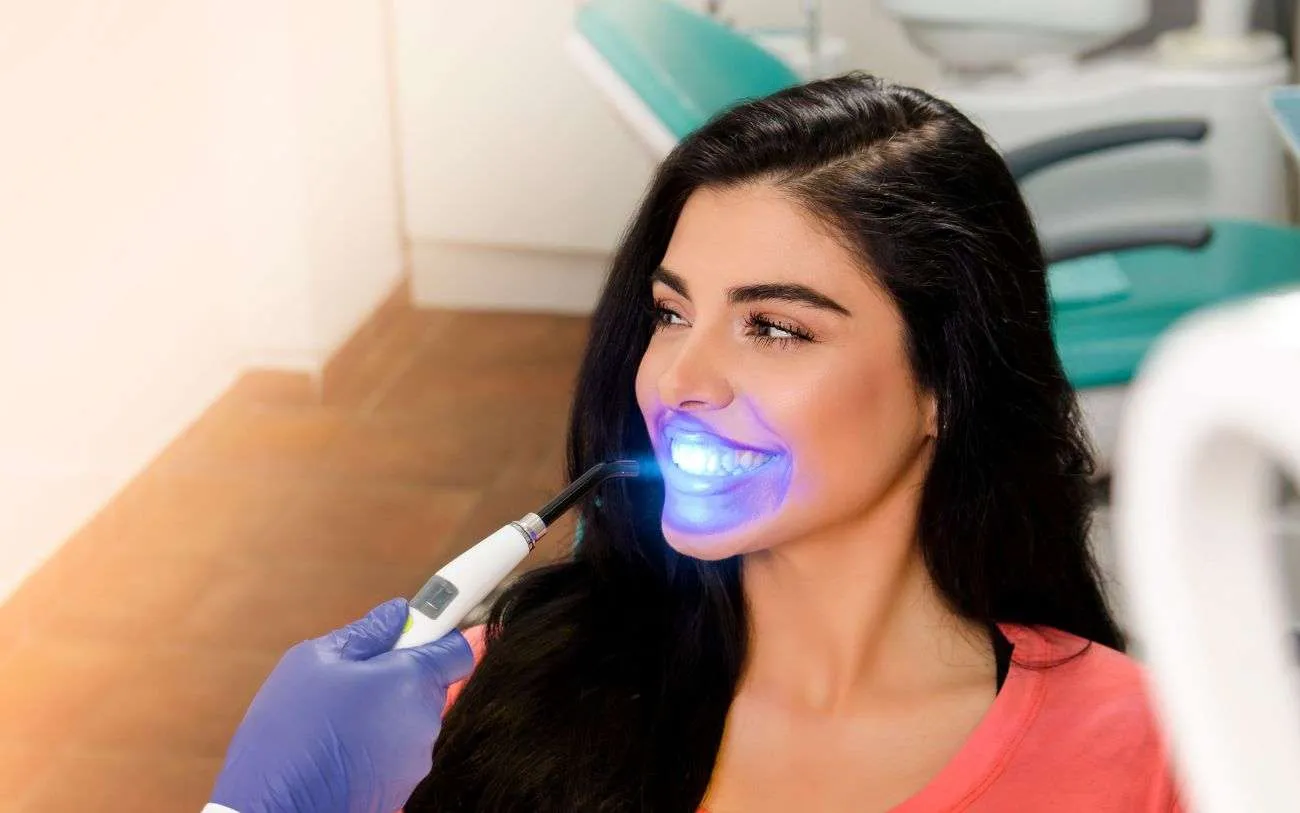
Over-the-counter fluoride products are readily available and can be a convenient option for managing tooth sensitivity. These include fluoride mouthwashes, toothpastes, and gels. Fluoride mouthwashes can be used daily to help remineralize the enamel and reduce sensitivity. Fluoride toothpastes are designed to provide a higher concentration of fluoride compared to standard toothpastes. Fluoride gels can be applied directly to the teeth, providing targeted relief. When selecting over-the-counter fluoride products, always follow the manufacturer’s instructions carefully. For enhanced effectiveness, consider using a fluoride mouthwash in addition to a fluoride toothpaste. While these products are not as potent as professional treatments, they can provide noticeable relief and are a good option for managing mild to moderate sensitivity.
Avoid Whitening Products Temporarily
One of the most effective ways to reduce sensitivity is to temporarily stop using whitening products. This allows your teeth to recover from the whitening process and reduces further irritation to the nerves. Take a break from whitening until your sensitivity subsides. In many cases, sensitivity diminishes within a few days or weeks. If you are using over-the-counter whitening products, discontinue use immediately if you experience any discomfort. If you have professional whitening treatments, consult with your dentist about the best course of action. They may recommend postponing additional treatments until your sensitivity has resolved. Be patient and allow your teeth to heal. Once the sensitivity has subsided, you may be able to resume whitening, but it is important to proceed with caution and monitor your teeth’s response.
Why Take a Break From Whitening?
Taking a break from whitening allows your teeth to recover and minimizes further irritation. Continuing to whiten your teeth while experiencing sensitivity can worsen the condition, leading to prolonged discomfort. During this break, your enamel has a chance to remineralize, and the nerves inside your teeth can calm down. This pause also gives you an opportunity to address any underlying issues contributing to the sensitivity, such as receding gums or cavities. By taking a break, you are prioritizing the health of your teeth and ensuring that you have a positive whitening experience in the long run. Moreover, it prevents you from associating teeth whitening with pain, which can have psychological effects. This will allow you to come back to the process with a better approach.
Alternative Whitening Methods
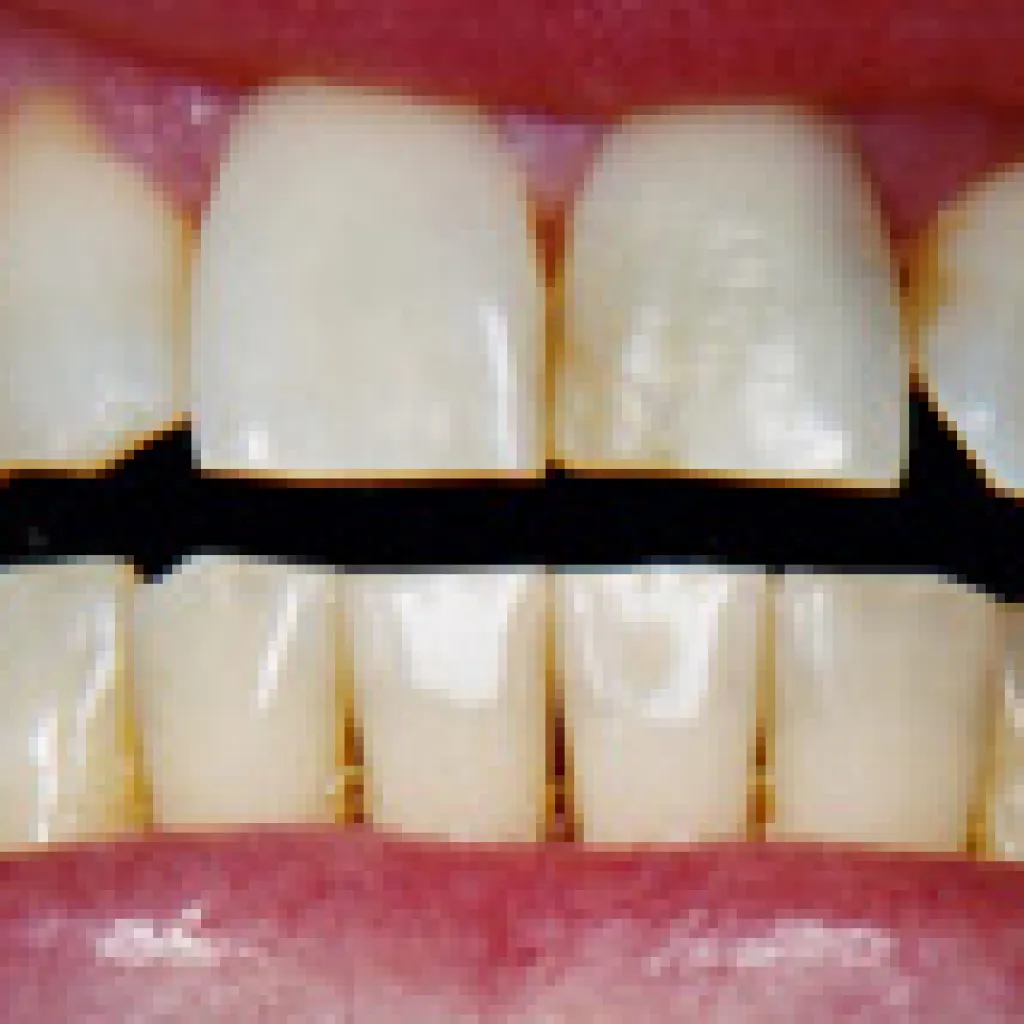
If you are prone to sensitivity, consider alternative whitening methods that are gentler on your teeth. Some options include using whitening toothpastes or strips with lower concentrations of peroxide, as these can be less irritating. Another option is to consult your dentist about professional treatments that involve less aggressive whitening agents. Additionally, some natural whitening methods, such as using activated charcoal or oil pulling, are available, although their effectiveness may vary, and it’s important to approach them with caution and consult your dentist first. These alternative methods can provide a brighter smile without the same degree of sensitivity. Always discuss these methods with your dentist to ensure they are safe and suitable for your specific oral health condition.
Modify Your Diet
Diet plays a significant role in managing tooth sensitivity. Certain foods and drinks can exacerbate discomfort. Avoiding these can help alleviate your symptoms. The best diet plan is to avoid hot and cold foods. Also avoid foods and drinks that are very sugary or acidic. By making the right choices, you can reduce irritation and speed up the healing process. It is important to be mindful of what you are eating and drinking and make adjustments as needed. This dietary approach supports your oral health and complements other methods of sensitivity relief. With careful attention to your diet, you can minimize discomfort and promote a more comfortable whitening experience.
Foods to Avoid
Certain foods and drinks can trigger or worsen tooth sensitivity. It’s best to avoid highly acidic foods, such as citrus fruits (lemons, oranges, grapefruits), tomatoes, and pickles. Sugary foods and drinks, including candies, sodas, and fruit juices, should also be limited, as they can contribute to tooth sensitivity. Extremely hot or cold beverages and foods, like coffee, ice cream, and ice water, can cause sharp pain. Hard or crunchy foods, such as raw vegetables and popcorn, can also exacerbate the discomfort. If you’re experiencing tooth sensitivity, being mindful of these food items and avoiding them can significantly reduce your symptoms and speed up recovery. By making these simple dietary adjustments, you’re helping your teeth recover from the whitening process.
Foods You Can Eat
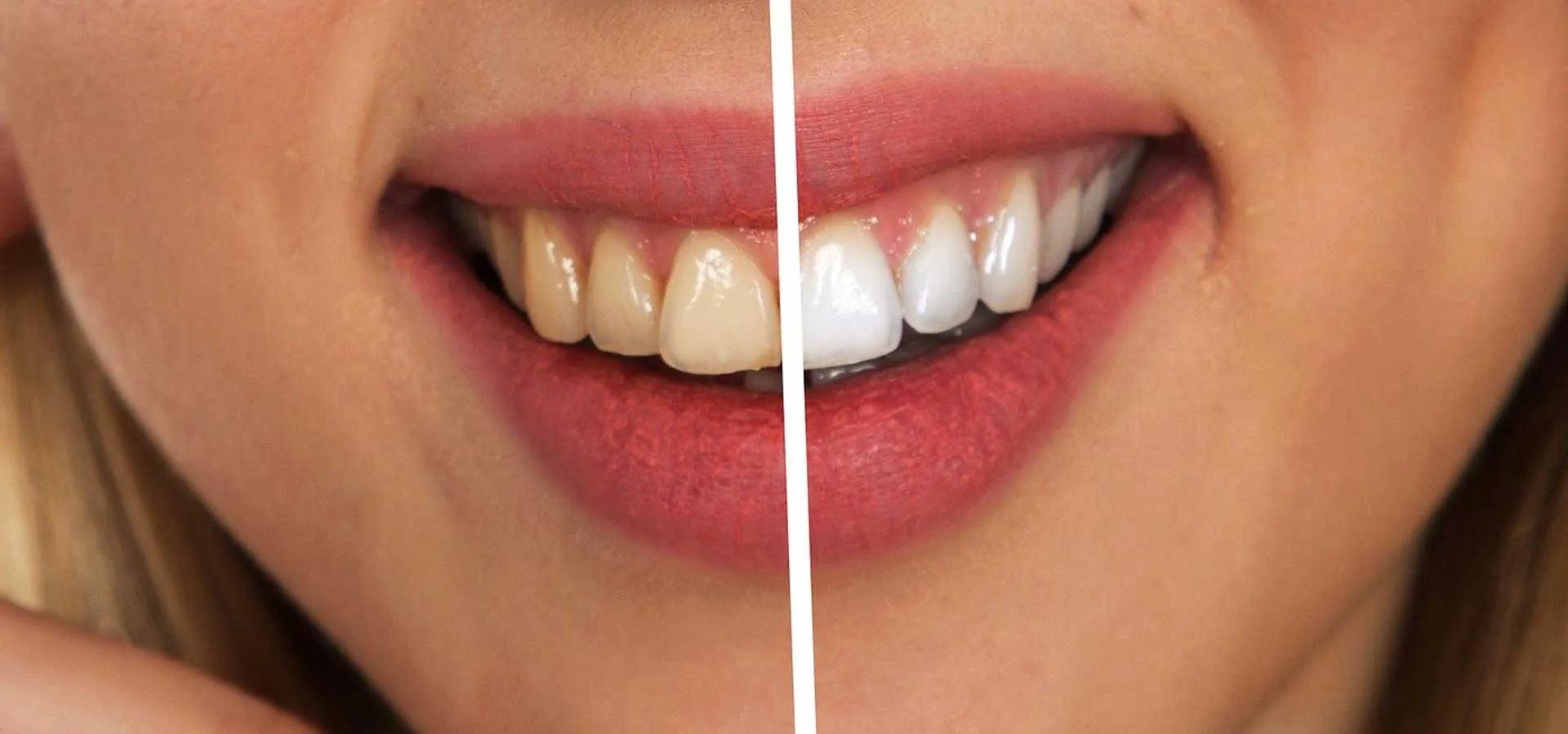
While it’s important to avoid certain foods, there are plenty of delicious and nutritious options you can still enjoy. Choose foods that are gentle on your teeth and less likely to trigger sensitivity. Dairy products, such as milk, yogurt, and cheese, are great because they are rich in calcium and help strengthen your enamel. Soft cooked vegetables, like steamed carrots and broccoli, are gentle and nutritious. Cooked grains, such as oatmeal, rice, and pasta, are also good choices. Ensure that your diet includes lean proteins, such as chicken, fish, and tofu. Drink plenty of water to stay hydrated, as dehydration can sometimes worsen sensitivity. By focusing on these foods, you can eat healthily while also minimizing tooth sensitivity.
Maintain Proper Oral Hygiene
Maintaining proper oral hygiene is essential for managing tooth sensitivity. Gentle brushing techniques and using the right toothbrush can make a significant difference. Avoid brushing your teeth too hard, as this can wear down the enamel and contribute to sensitivity. Be sure to brush twice a day for two minutes each time, using a soft-bristled toothbrush. Floss daily to remove food particles and plaque from between your teeth. Regular dental check-ups and cleanings are also crucial to ensure that any potential dental problems are identified and treated early on. By combining proper oral hygiene with the other tips mentioned, you will create a supportive environment for your teeth to heal and remain healthy.
Gentle Brushing Techniques
Gentle brushing is key to preventing further irritation and damage when dealing with tooth sensitivity. Use a soft-bristled toothbrush and avoid brushing too vigorously. Brush your teeth using a circular motion, ensuring that you are reaching all surfaces of your teeth. Apply only gentle pressure, avoiding any scrubbing motions that could damage the enamel. Spending approximately two minutes brushing your teeth each time is sufficient to remove plaque and bacteria without causing harm. Focus on cleaning each tooth individually, giving extra attention to the areas where the teeth meet the gums. By using these techniques, you can protect your teeth from additional sensitivity. Also, keep your gums healthy, promoting overall oral health.
Choosing the Right Toothbrush

Selecting the right toothbrush is critical when dealing with tooth sensitivity. Opt for a toothbrush with soft bristles, as these are gentler on the enamel and gums. Look for toothbrushes specifically designed for sensitive teeth, as they often have extra-soft bristles. Consider using an electric toothbrush with a pressure sensor. This feature helps you avoid brushing too hard, which can worsen sensitivity. Replace your toothbrush every three months or sooner if the bristles become frayed. Also, rinse your toothbrush thoroughly after each use to remove any toothpaste and debris. If you are unsure which type of toothbrush is best for you, ask your dentist for a recommendation. They can assess your specific needs and suggest a product that will promote oral health and comfort.
When to See a Dentist
While tooth sensitivity after whitening is usually temporary, it’s important to know when to seek professional help from your dentist. If the sensitivity is severe, persistent, or accompanied by other symptoms, such as swelling, pain, or bleeding, it’s crucial to schedule an appointment. Your dentist can examine your teeth, diagnose the underlying cause of the sensitivity, and recommend appropriate treatments. Ignoring these symptoms could potentially worsen the condition. Regular check-ups with your dentist are a crucial part of maintaining oral health. They can also catch any potential issues early. This ensures that you receive the best possible care. So, it’s important to reach out to your dentist if you’re experiencing significant tooth sensitivity. Your dentist will give you tailored advice.
Signs of a Serious Problem
Some signs indicate that your tooth sensitivity could be a symptom of a more serious dental problem. If you experience extreme pain, that is not resolved by over-the-counter remedies, it’s best to consult your dentist. Other symptoms include significant swelling in your gums or face, persistent bleeding, or changes in the appearance of your teeth. These signs may indicate an infection, dental abscess, or other underlying dental issues. It’s also important to seek dental care if your sensitivity worsens over time or does not improve after a few weeks. The early detection of any dental issues is key to ensuring the best possible outcome. Don’t hesitate to contact your dentist if you have concerns, because a proper evaluation can prevent complications and preserve your oral health.
